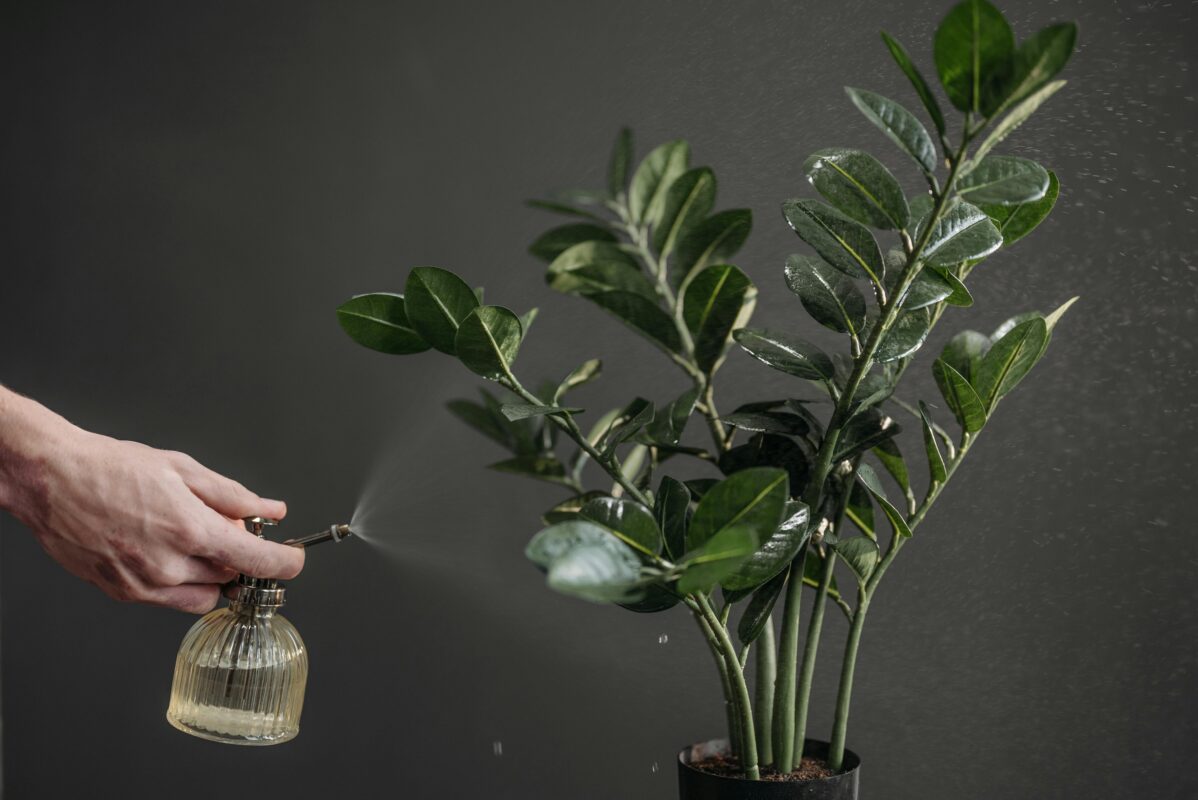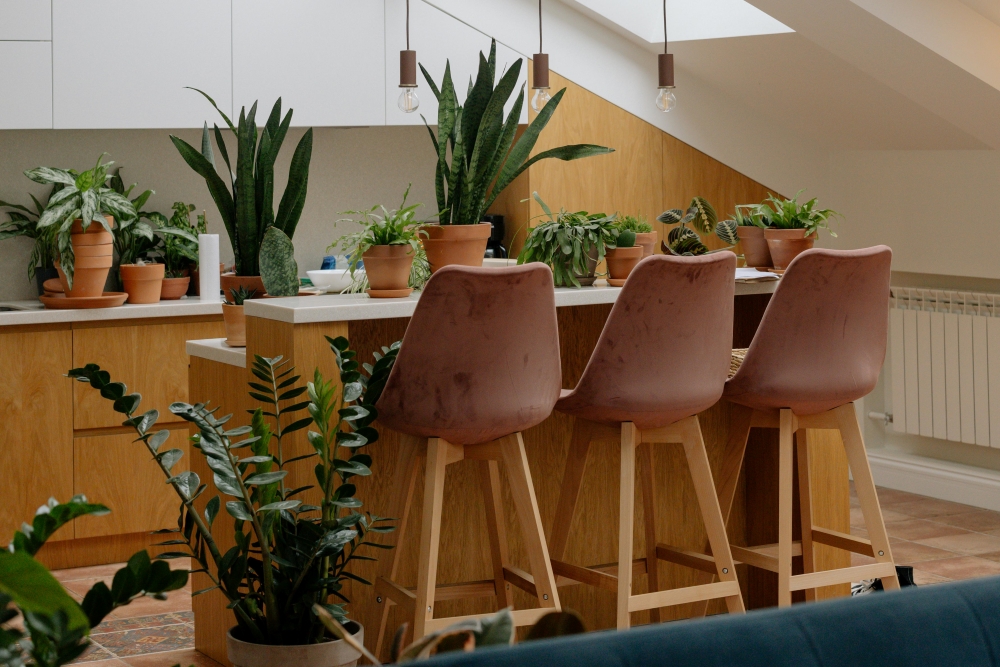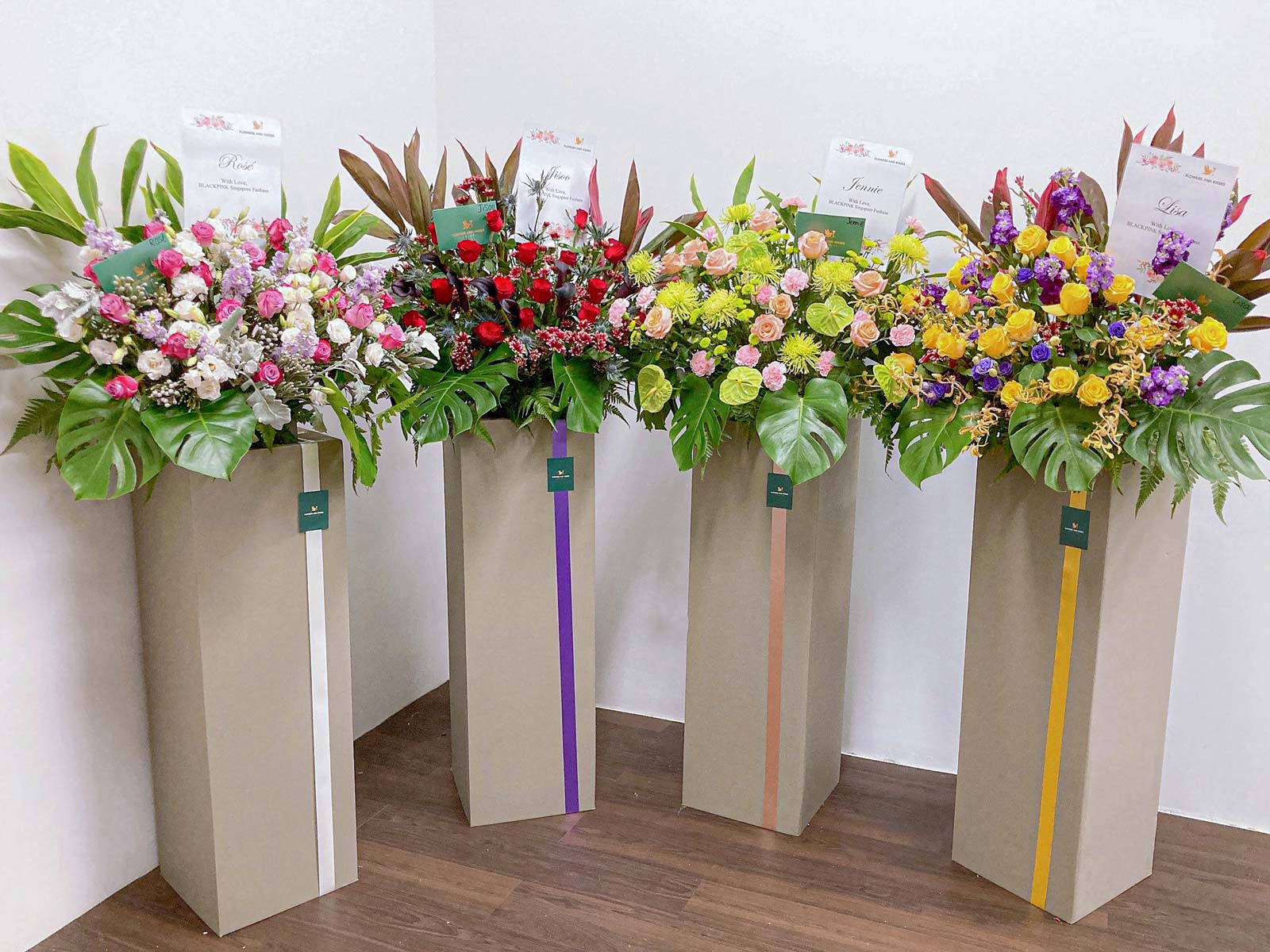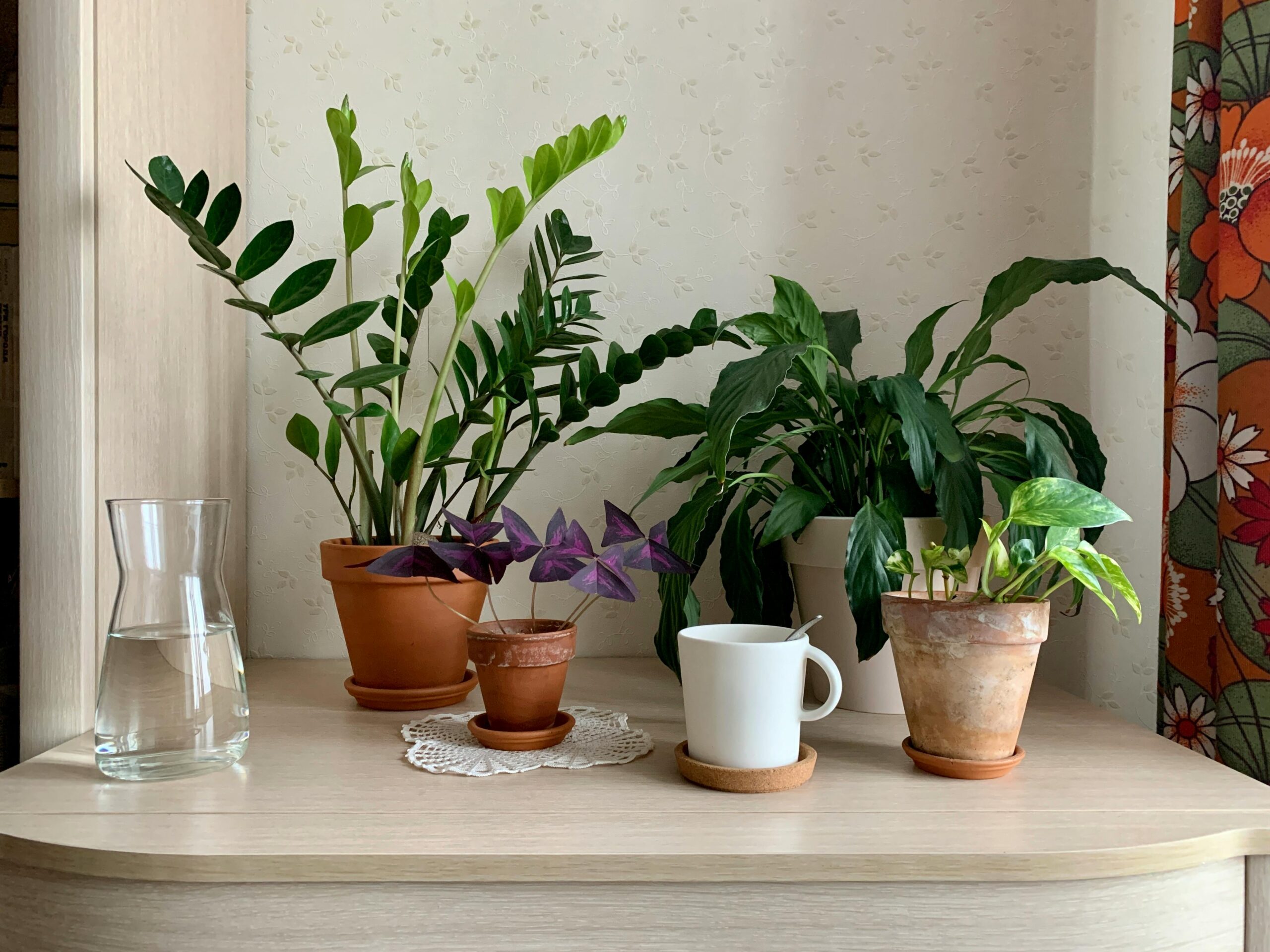The ZZ plant (Zamioculcas zamiifolia) is a beloved choice among plant enthusiasts in Singapore. Known for its glossy, dark green leaves and low-maintenance nature, it adds a touch of elegance to homes and offices alike. With Singapore’s tropical climate, understanding the proper care for ZZ plants ensures they thrive in any environment. Whether you’re a seasoned plant parent or just starting out, this guide will walk you through the essentials of ZZ plant care tailored specifically for Singapore homes.
What You Need to Know about ZZ Plants
The ZZ plant, native to Eastern Africa, has gained popularity worldwide for its resilience and striking appearance. Its glossy, waxy leaves give it a unique texture, making it a standout indoor plant. Known for being one of the easiest plants to care for, the ZZ plant is perfect for busy individuals or those who prefer minimal effort in plant maintenance.
Benefits of Having a ZZ Plant Indoors
ZZ plants offer more than just aesthetic appeal to your home or office—they bring a range of practical and symbolic benefits, making them an excellent choice for any indoor space:
- Low Maintenance: ZZ plants require minimal water and can adapt well to various lighting conditions, making them ideal for busy lifestyles or those who are new to plant care.
- Air Purifying: This hardy plant helps enhance indoor air quality by filtering out toxins and improving overall air circulation, promoting a healthier living space.
- Feng Shui Symbolism: In Feng Shui, the ZZ plant embodies prosperity, growth, and resilience. Its lush green leaves are believed to attract positive energy and harmony into your space.
- Aesthetic Appeal: Whether placed in a modern home, minimalist office, or any other indoor setting, the ZZ plant provides a sleek, contemporary touch that complements various interior designs.
If you’re looking to purchase a ZZ plant, consider browsing a flower shop in Singapore that offers affordable flower delivery to bring this vibrant plant right to your doorstep.
Common Issues when Owning a ZZ Plant in Singapore
Even the hardiest plants, like the ZZ plant, can face challenges. Here are some common issues and how to address them:
Yellowing leaves are a common symptom of overwatering, which can lead to root issues. Ensure your ZZ plant’s soil is completely dry before watering again. Avoid waterlogging by using a well-draining pot and emptying the saucer after watering.
If the leaves start to curl or wrinkle, this indicates underwatering. Increase the frequency of watering, but ensure the soil drains properly to avoid root rot. Check the soil regularly to strike a balance between moisture and dryness.
In Singapore’s warm climate, low humidity or excessive sunlight can cause brown tips. Protect your ZZ plant from direct sunlight by placing it in a spot with indirect light. Additionally, maintain a humid environment by misting the plant or placing a tray of water nearby to prevent dryness.
Poor drainage or waterlogged soil can cause root rot, a severe condition that compromises plant health. Always use a potting mix that drains well and ensure the pot has drainage holes to prevent standing water. If root rot occurs, trim affected roots and repot the plant in fresh soil.
How to Care for a ZZ Plant

For thriving greenery, follow these ZZ plant care tips to ensure your plant remains healthy and vibrant, even in indoor settings.
- Water sparingly, ensuring the soil is completely dry before watering again.
- Overwatering is the most common mistake—aim for a watering schedule of every 2–3 weeks under normal conditions.
- Use a pot with drainage holes to prevent root rot caused by waterlogging.
- ZZ plants thrive in low to medium indirect light, making them perfect for indoor spaces.
- They can adapt to artificial light, such as fluorescent lighting, which is why they’re ideal for offices.
- Avoid direct sunlight as it can scorch the leaves, causing them to brown or dry out.
- Maintain an ideal temperature range of 18°C–24°C, which aligns with most indoor environments.
- ZZ plants tolerate Singapore’s tropical humidity well, requiring no extra humidity adjustments.
- Use a well-draining potting mix to avoid waterlogging and ensure proper aeration around the roots.
- During the growing season (spring and summer), fertilise with a balanced, slow-release fertiliser every 2–3 months to promote healthy growth.
- Repot your ZZ plant every 2–3 years or when it has outgrown its current pot.
- Choose a pot that is 1–2 sizes larger and ensures proper drainage to accommodate healthy root growth and prevent water accumulation.
Feng Shui and the ZZ Plant

The ZZ plant is a popular choice in Feng Shui due to its vibrant green leaves, which symbolise growth, abundance, and financial prosperity, while its hardy nature embodies resilience and adaptability—traits essential for success.
To maximise its positive energy, place the ZZ plant near entrances to invite wealth and good fortune or position it in the southeast corner (the wealth corner) of a room. Enhance its Feng Shui symbolism by using a gold pot to represent wealth or a red pot to attract luck and amplify prosperity.
Frequently Asked Questions about ZZ Plant Care
Water your ZZ plant only when the soil is dry, approximately every 2–3 weeks under normal conditions. Overwatering can lead to root rot, so it’s essential to ensure the soil is fully dry between watering sessions.
Yes, ZZ plants thrive in low to medium indirect light. They are ideal for indoor spaces with limited natural light, making them a great choice for offices or homes with minimal sunlight exposure.
ZZ plants are non-toxic to pets, making them a safe option for households with furry companions. You can enjoy their beauty without worrying about harming your pets.
Repot your ZZ plant every 2–3 years or when it outgrows its current pot. Use a well-draining potting mix and ensure the new pot has adequate drainage holes to support healthy root growth.
Signs of overwatering include yellowing leaves, waterlogged soil, and root rot. To avoid these issues, reduce watering and ensure your ZZ plant has proper drainage.



